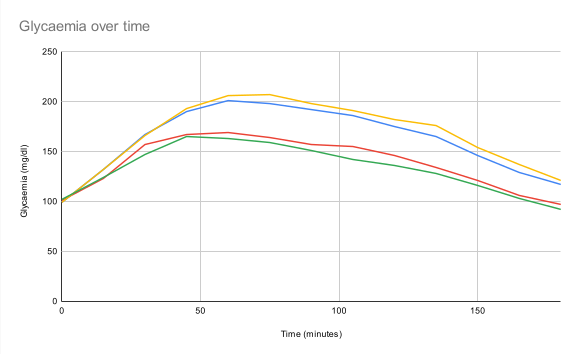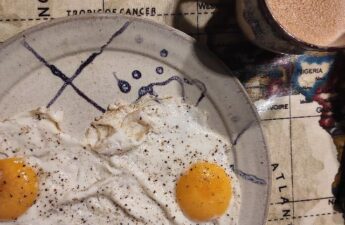So you’re working hard at controlling and lowering your glycaemia. You usually do exercise after each meal as a way to spend the glucose you eat and lose weight. But sometimes, especially at work, you can’t just leave your desk and go for a 20 minutes walk. So what can you do?
There is a trick that you can do at your desk or even at a restaurant table that will have the same glucose burning effect: calf exercises. It sounds ridiculous, but the soleus muscle (calf) is a very powerful muscle. It can burn a lot of energy. A paper was published in late 2022 explaining the mechanism and showing that these exercises can lower postprandial glucose by up to 50mg/dl and reduce the risk of hyperinsulinemia by 60%.
Why the calf muscle specifically? Because it’s a muscle that doesn’t rely much on glycogen to function. It relies on blood glucose. It’s also a muscle that doesn’t get tired easily: its purpose is to support standing up, which you can do for hours without problem. That makes it perfect for diabetics.
So how do you do it? The method is extremely simple: sit comfortably on a chair, straight back, legs at 90 degrees at the knees (tibias at vertical). Then contract your calf muscles to lift your heels. When you’re at maximum, stay there for a second, and relax your calf. Start again for as long as you need. In experiments, volunteers did that for hours without cramps, muscle soreness, or fatigue.
There is no need to go fast. Increasing the speed of the contractions doesn’t increase the glucose consumption linearly. Go at your own pace. 50 contractions a minute is good enough.
I experimented with it and noticed a 10mg/dl drop per 10 minutes of exercise after a meal (I only tested up to 20 minutes). Given the published results, I’m expecting a drop of about 8-10mg/dl per 10 minutes on average, with an effective peak at between 60 and 75 minutes. After that the difference between calf exercises and control flattens. That’s pretty good. But note that age, BMI, and other factors probably play a role in how effective this technique will be.

I’ve also noticed that if you do it away from a meal, when you don’t have abundant glucose in the blood, it doesn’t have that much of an effect. Which makes perfect sense as the soleus doesn’t rely on its own glycogen to function, it will need glucose from the liver to function, but that glucose wasn’t circulating in the blood.


